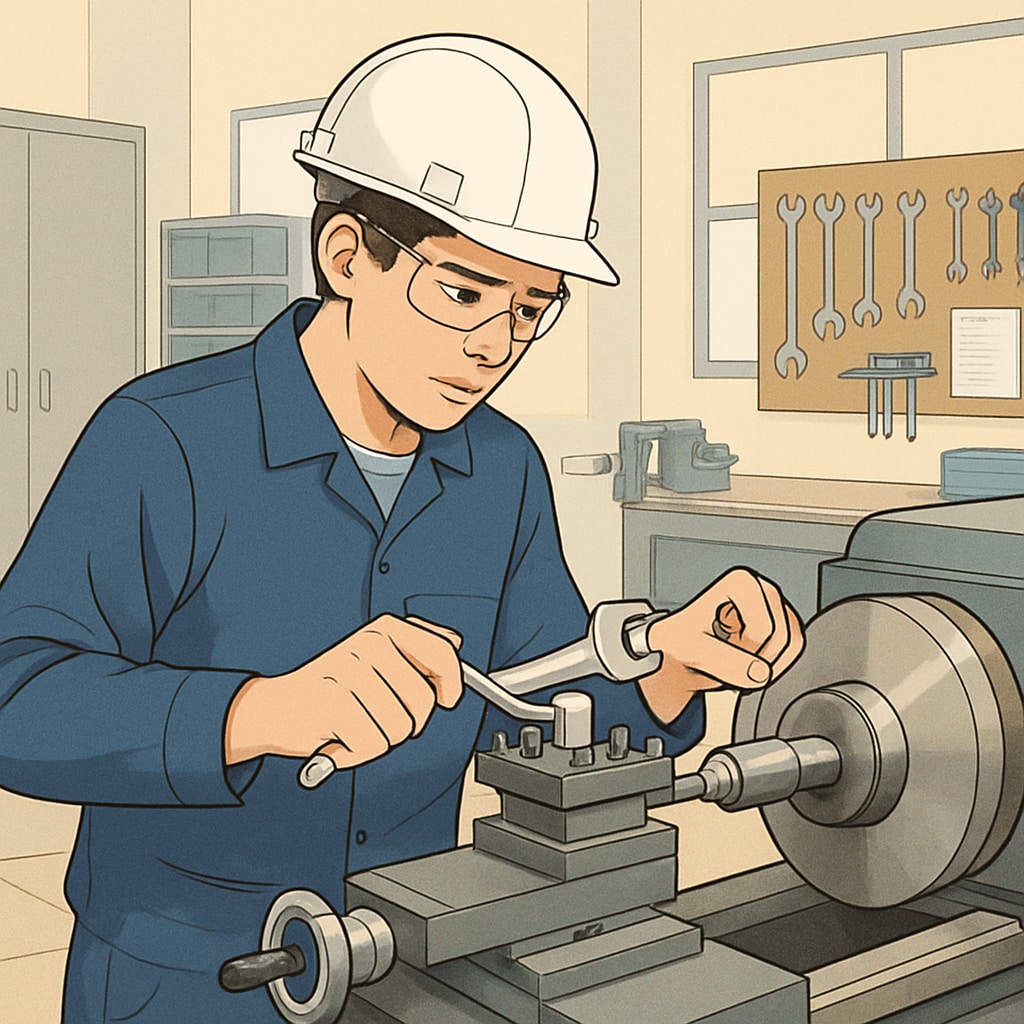The modern K12 education system faces the challenge of integrating vocational education, academic balance, and educational structures to prepare students for both the workforce and higher academia. Balancing these seemingly contrasting objectives requires innovative strategies to ensure students acquire practical skills while maintaining strong academic foundations. This article examines the complementary relationship between vocational training and traditional academics, analyzes implementation models across different districts, and offers actionable insights for creating an integrated curriculum system that fosters holistic development.
Understanding the Relationship Between Vocational and Academic Education
Vocational education focuses on equipping students with specific, job-related skills, while traditional academics emphasize theoretical knowledge and critical thinking. These two approaches, though distinct, are not mutually exclusive. In fact, integrating vocational education into academic programs can lead to a more comprehensive learning experience.
For example, incorporating hands-on projects in science or mathematics classes can help students connect theoretical concepts to real-world applications. Similarly, vocational courses like carpentry or coding can include elements of physics or problem-solving, bridging the gap between practical skills and academic knowledge.

Integrated Models of Education: Lessons from Successful Schools
Several educational institutions around the world have successfully blended vocational and academic curricula. These models demonstrate that a balanced approach can produce versatile graduates who are both employable and prepared for further education. Below are some examples:
- Career Academies: These are small learning communities within high schools that focus on specific career paths, such as healthcare, engineering, or IT. Students split their time between vocational training and core academic subjects.
- Dual Enrollment Programs: High school students take vocational courses at community colleges, earning credits that count toward both their high school diploma and a post-secondary degree.
- Work-Based Learning: Programs like apprenticeships allow students to gain hands-on experience in real-world settings while continuing their academic studies.
These models highlight the importance of collaboration between schools, industries, and higher education institutions to create seamless pathways for students.

Strategies for Designing a Balanced Curriculum
To achieve a balance between vocational education and traditional academics, schools need to adopt a flexible and student-centered approach to curriculum design. Here are some strategies:
- Identify Local Needs: Tailor vocational programs to align with the economic demands of the local community, ensuring students gain relevant skills.
- Encourage Cross-Disciplinary Learning: Develop projects that combine vocational and academic disciplines, such as using geometry in construction or biology in healthcare training.
- Promote Career Exploration: Include career counseling sessions that help students understand the connection between their academic studies and potential career paths.
- Leverage Technology: Use online platforms and simulators to provide students with virtual, hands-on experiences that complement theoretical lessons.
By implementing these strategies, schools can create an educational environment that values both practical skills and intellectual growth.
Conclusion: Building a Holistic Educational Structure
Balancing vocational education, academic balance, and integrated educational structures is essential for preparing students to thrive in an ever-changing world. By embracing a holistic approach, schools can nurture well-rounded individuals who are equipped with both the skills and knowledge needed for personal and professional success. As educators, policymakers, and industry leaders collaborate, the future of education will evolve to meet the diverse needs of learners and society alike.
For further information on vocational education and its integration into traditional academics, visit Vocational Education on Wikipedia or Education on Britannica.


